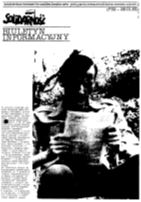
INFORMATION BULLETIN "Solidarity abroad" - 52
BIULETYN INFORMACYJNY "Solidarność za granicą" - 52
among others: * idea niepodległego społeczeństwa * teraz po prostu nie wiem
More...
among others: * idea niepodległego społeczeństwa * teraz po prostu nie wiem
More...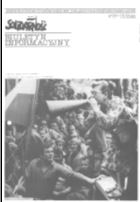
among others: * domagamy: się powszechnej amnesti *zagrożenie kultury
More...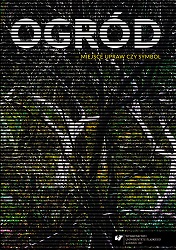
The first part of the book presents three main themes which, as a whole, are intended to bea framework for more specific descriptions in its second part. In the first chapter, entitled Realgardens against the myths, the author shows selected examples of landscape designs and discusses theirutilitarian functions, their role in the religious cult, the mythical, symbolic and metaphorical contextswhich have directly affected either programme assumptions of the gardens or a treatment of certainfeatures of the landscape. The cultures of Egypt, Mesopotamia, Greece and Rome are discussedin these respects. The author addresses the intellectual foundation of English and sentimentalgardens to clarify their strong ties with the ancient understanding of the landscape, describing onthis background meaningful features of Arcadia park near Nieborów. The chapter concludes witha discussion of selected solutions in Little Sparta — a garden founded by Sue and Ian Hamilton Finlaynear Edinburgh, Scotland. The second chapter, entitled Gardens of Imagination, discusses literarydescriptions, abstracted from specific landscape implementations. Several examples of literaturefrom different historical periods are invoked, with an emphasis on the role of sensuality. The authoranalyzes the fragments of the Egyptian Book of Gates, the epic of Gilgamesh, the Bible, Divine Comedyof Dante Alighieri, Charles Baudelaire’s Flowers of Evil. The third chapter, entitled The gardensof thought, raises general epistemological issues, first: in terms of the philosophical proposals forovercoming the fear of death, and second: in terms of theory of art viewed from the perspective of thetwentieth-century crisis of the great narrations.The common theme of all the chapters is the Garden of Eden, whose main intentional “function”is to overcome the fear of death. This issue is discussed in the context of eschatological, agnostic,and nihilistic intuitions, organized according to their relationship with specific gardens (Chapter 1),with the literary themes (Chapter 2), and finally with the abstract contemplation on the conditionof mankind and its representation in contemporary art (Chapter 3). Such a structure, inspired byHegel’s description of the history of the Absolute, makes it easier to present the problems of gardensfrom various perspectives — specific relations with nature, aesthetic experience and thought of purelyintellectual character. This approach, on the one hand, serves the clarity of argument by avoidingexcessive complexity of description, and on the other, shows the complexity of the concept of “garden”,resulting from the build-up of different meanings over the millennia.
More...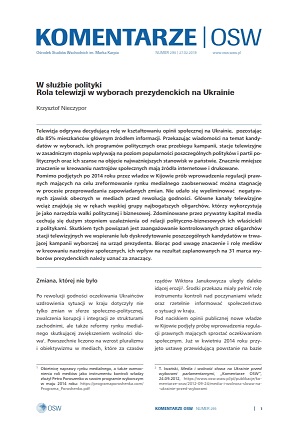
Keywords: Ukraine; presidential elections; television; media; politics and communication; forming a public opinion; political parties;
Telewizja odgrywa decydującą rolę w kształtowaniu opinii społecznej na Ukrainie, pozostając dla 85% mieszkańców głównym źródłem informacji. Przekazując wiadomości na temat kandydatów w wyborach, ich programów politycznych oraz przebiegu kampanii, stacje telewizyjne w zasadniczym stopniu wpływają na poziom popularności poszczególnych polityków i partii politycznych oraz ich szanse na objęcie najważniejszych stanowisk w państwie. Znacznie mniejsze znaczenie w kreowaniu nastrojów społecznych mają źródła internetowe i drukowane. Pomimo podjętych po 2014 roku przez władze w Kijowie prób wprowadzenia regulacji prawnych mających na celu zreformowanie rynku medialnego zaobserwować można stagnację w procesie przeprowadzania zapowiadanych zmian. Nie udało się wyeliminować negatywnych zjawisk obecnych w mediach przed rewolucją godności. Główne kanały telewizyjne wciąż znajdują się w rękach wąskiej grupy najbogatszych oligarchów, którzy wykorzystują je jako narzędzia walki politycznej i biznesowej. Zdominowane przez prywatny kapitał media cechują się dużym stopniem uzależnienia od relacji polityczno-biznesowych ich właścicieli z politykami. Skutkiem tych powiązań jest zaangażowanie kontrolowanych przez oligarchów stacji telewizyjnych we wspieranie lub dyskredytowanie poszczególnych kandydatów w trwającej kampanii wyborczej na urząd prezydenta. Biorąc pod uwagę znaczenie i rolę mediów w kreowaniu nastrojów społecznych, ich wpływ na rezultat zaplanowanych na 31 marca wyborów prezydenckich należy uznać za znaczący.
More...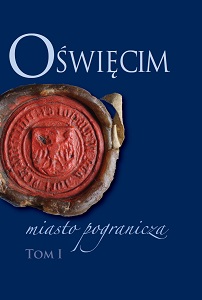
Keywords: Oświęcim; land of Oświęcim; history of Oświęcim; culture of Oświęcim; castle in Oświęcim; monuments of Oświęcim
Volume I of the monograph of Oświęcim contains a presentation of the history of the surrounding land and an analysis of cultural aspects of the city's functioning. At first the authors analyze changes in the boundaries and routes, and route names from the earliest times to the present, and then show the political history of the region, which repeatedly changed its national, administrative and diocesan affiliation. The second part of the volume discusses the development of architecture and art. in Oświęcim, including the most important monuments and silhouettes of the most eminent artists, as well as the development of education. Also, prominent figures from Oświęcim were presented. The volume closes with a calendar of the city's history.
More...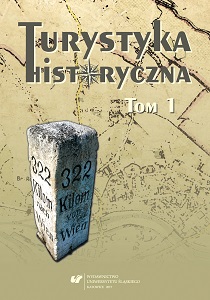
Keywords: Vilnius in the 19th century; tourism in Vilnius Region; travel guides;
In the 19th century Vilnius; as the seat of the governor; and administrative and trade center (especially during the annual fairs); was visited by the inhabitants of the surrounding lands. The city was the target of religious pilgrimages to The Gate of Dawn and Calvary near Vilnius. Youths who wanted to learn and study also came there. Newcomers took the opportunity to visit places connected with the history of the pagan Lithuania; the monuments from the time when Vilnius was one of the two capitals of the Polish‑Lithuanian Commonwealth; and to see souvenirs connected with Lithuanian magnates and with the lives of the eminent Romantic poets: Adam Mickiewicz and Juliusz Słowacki. In the 1850s; the first Vilnius travel guides written by Adam Honory Kirkor were published. They were used by travelers; who could travel by train since the early 1860s. Travel guides of the nineteenth century show the picture of the city and ancient hotels; restaurants and public transport. From the reports of the people who visited Vilnius at that time we learn about how travel conditions were changing; how everyday life of the city inhabitants looked like and how tourists and citizens were spending their free time in Vilnius.
More...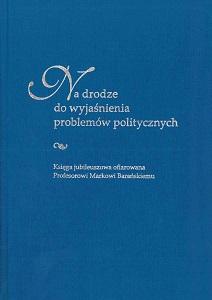


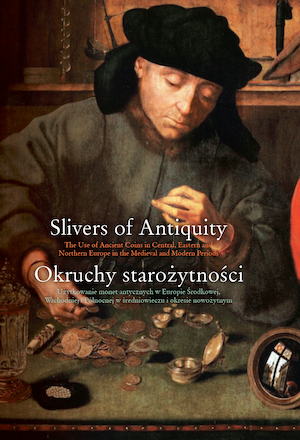
Keywords: archaica; medieval period; modern period; recycling; East-Central Europe
This paper discusses ancient and prehistoric non-monetary finds in East-Central Europe that were recorded in medieval and modern period contexts. The presence of earlier cultural finds in chronologically later contexts is one of the more interesting phenomena that are identifiable archaeologically. It includes a number of diverse issues, as it concerns not only the reception of artefacts themselves. Such items are a highly heterogeneous assemblage of finds, and the only thing that they have in common is their distant chronology. Each category of finds may have been related to different belief, symbolic and semantic contents, and the meaning of some of these items combines numerous intertwined and complementary functions and applications. The paper deals with the assortment of items that appear as archaica; it also discusses their users, the methods and circum stances of acquisition of such artefacts, as well as the underlying reasons (economic, aesthetic values, awareness of their distant chronology, magical and healing traits) and manners in which they were used, including various methods of recycling.
More...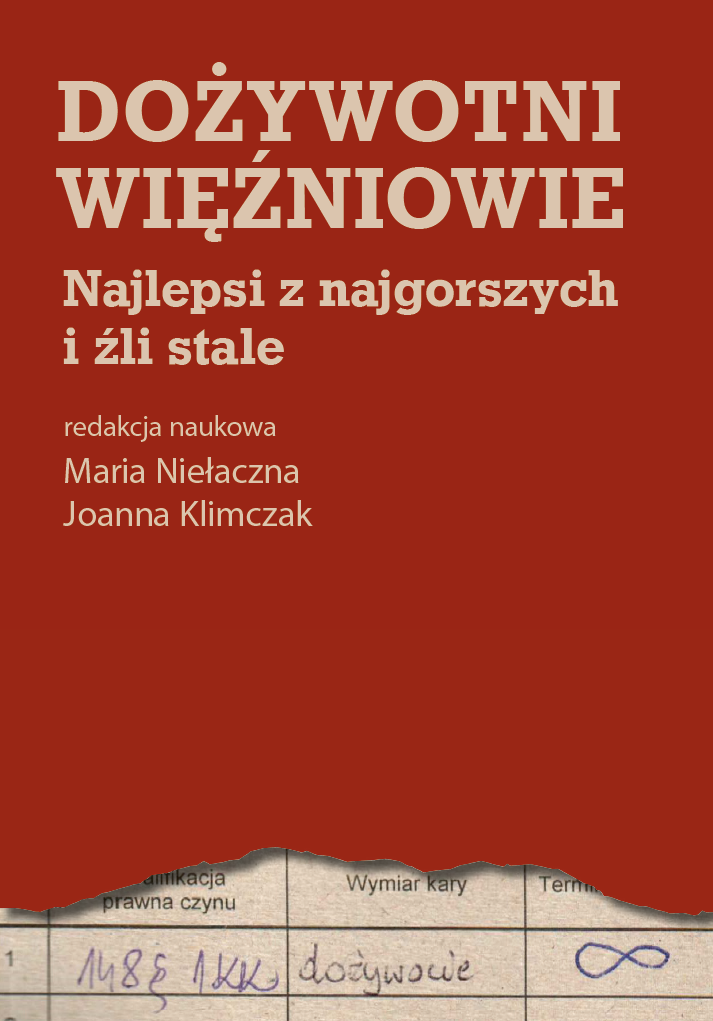
Keywords: risk management; prison; imprisonment; dangerous convicts; sentenced to life imprisonment
The study contains a description, analysis and recommendations regarding the risk management model in the Polish penitentiary system, used for life-sentenced prisoners and dangerous convits.
More...
Keywords: life sentence imprisonment; prison staff; attitudes towards prisoners; training of prison staff
Life imprisonment for crimes that deserve special condemnation is in line with social needs and the populist narrative of politicians with extreme views. It should be remembered, however, that the execution of this most severe punishment is within the competence of the Prison Service and thus burdens officers who have direct contact with this category of inmates. Its effectiveness - understood here as the development of a plan for the optimal functioning of a convict in isolation (in terms of employment, education, organization of free time, participation in readaptation programs etc.), the implementation of which will favour his internal transformation and create conditions enabling him to apply for conditional release - depends, inter alia, on the attitudes and treatment of life prisoners presented by the officers. Attitudes towards other people are shaped, inter alia, through appropriate education, which is why this study attempts to verify the education of prison staff and the attitudes towards prisoners sentenced to life imprisonment represented by Prison Service officers.
More...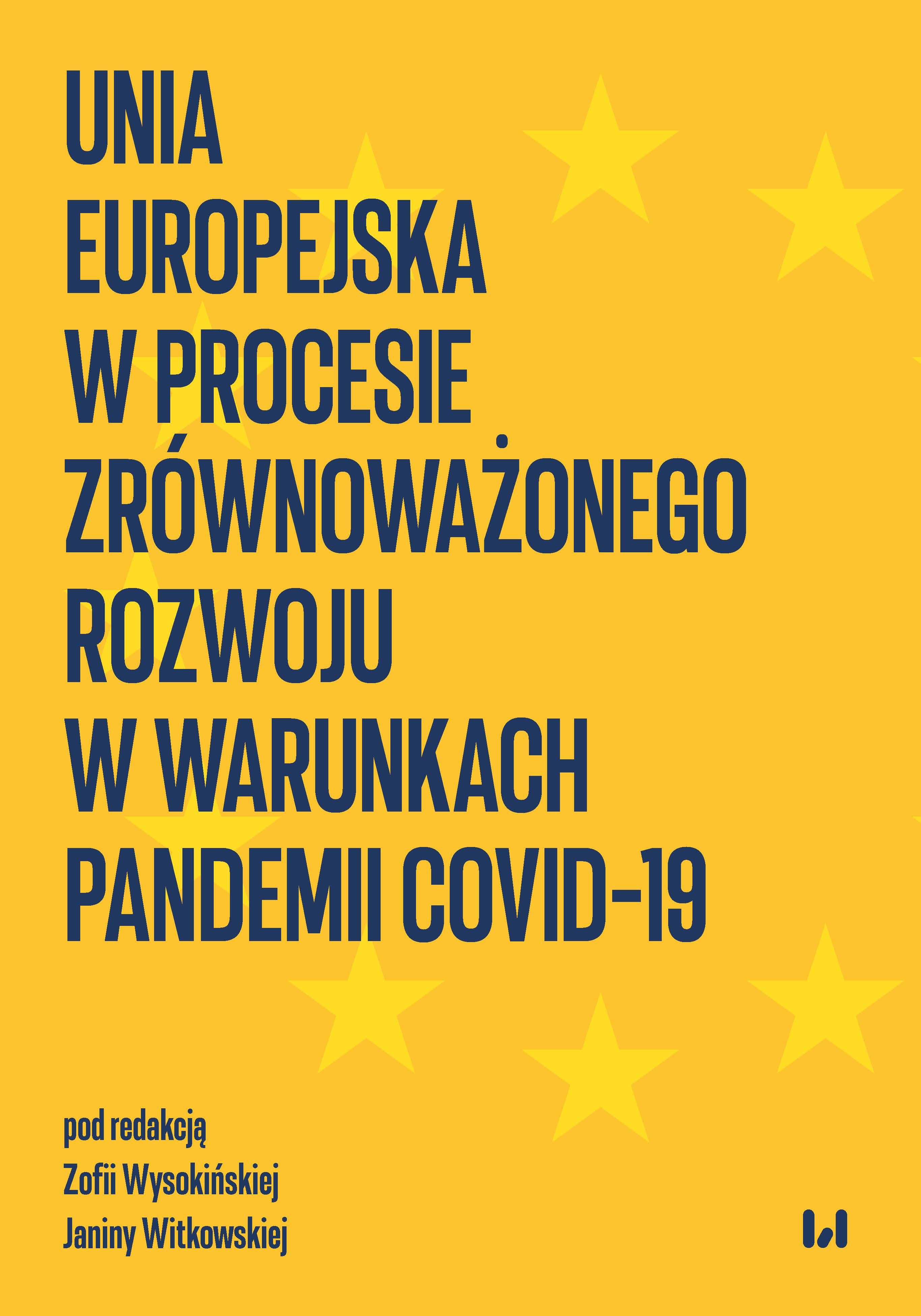
Keywords: European Union; foreign direct investment (FDI); sustainable development; green business; investment policy
This chapter aims to examine the role of foreign direct investment in the process of sustainable development of the EU and to answer two questions: (1) to what degree could international business contribute to the development of a “green economy” under uncertainty caused by pandemic COVID-19?; (2) in which way could host countries attract “green” and socially responsible foreign direct investment (FDI)? The statistical analysis of international business involvement in the EU economy in environmentally harmful sectors/industries indicates that the share of such investments in most member states did not exceed 20% of the total FDI stocks in 2015–2020. The structure of investments changed in the case of half of the analyzed countries towards sectors/industries that were less harmful to the environment. These changes allow concluding that international business contributed to the ecological transformation of the EU. On the other hand, changes in the structure of FDI stocks located abroad by the EU Member States in 2015–2020 in environmentally harmful sectors/industries were multidirectional. The involvement of foreign direct investors in the new EU Member States in sectors important for implementing the Sustainable Development Goals – SDGs of the 2030 Agenda was not very high. It was characterized by high volatility and did not play a significant role in their economies. Attracting “green FDI” and socially responsible investments requires changes in the policy towards foreign investors. These should include facilitating foreign investment aimed at sustainable development, incentives for investors to engage in “green investments”, and making investment agreements more flexible to combat climate change.
More...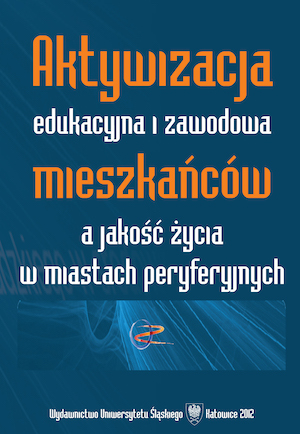
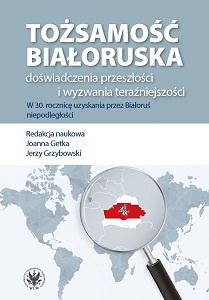
Keywords: World War II; German occupation; Latvia; Latgale; Belarusians
Belarusians were one of the largest ethnic groups in Latvia in the interwar period. The main clusters of the Belarusian population were located in the south-eastern part of the country – in Latgale (former Polish Livonia). In the summer of 1941, Latvia was seized by the Wehrmacht and the occupation regime was established. The German occupying authorities, using the principle of “divide et impera”, were willing to give the Belarusians a certain degree of cultural and educational autonomy. In 1941 the Belarusian National Committee (since the spring of 1942: the Belarusian Association) was established in Riga and Dyneburg. The organization of Belarusian education under the German occupation was its priority. In the school years 1941/42 and 1942/43 thirty-five primary schools, two high schools and one agricultural secondary school were opened. Moreover, attempts were made to stimulate artistic and publishing activities. The activities of Belarusians aroused antipathy among local Latvians, who were afraid of an increase in the Belarusian national consciousness in Latgale.
More...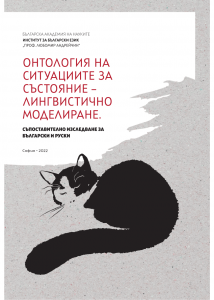
Keywords: mental predicates; factivity; coordination; pronominalization; experiencer; unmarked complement clauses
The article aims at the description and analysis of the argument structure of Russian mental predicates. The study focuses primarily on the syntactic properties of arguments and the interaction between their syntactic, semantic, and discourse properties. It turns out that the opposition of factive knowledge predicates vs. non-factive opinion predicates map onto their discourse characteristics (arguments of opinion verbs are normally less topical than arguments of knowledge verbs) and their syntactic features (arguments of knowledge verbs become antecedents of pronouns and conjuncts of coordinate constructions more easily). These observations lead us to conclude that factive predicates are closer to the bivalent verb prototype than non-factive ones.
More...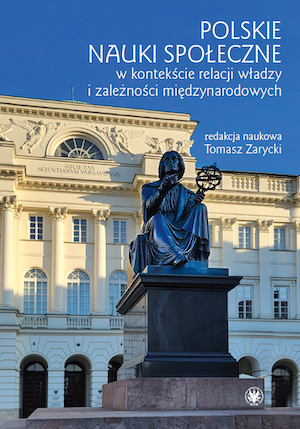
Keywords: sociology; sociological field; field of power; reproduction; symbolic struggle
The chapter presents a synthetic history of the emergence of the Polish universe of sociology. The analysis – based on Pierre Bourdieu’s field theory – is divided into several key historical periods, with particular emphasis on the moment of the structuring of the field itself (in the interwar period), the post-war restructuring and reconfiguration of the 1960s and 1970s, up to the fundamental transformation taking place after 1989. In each of these periods, crucial fronts of symbolic struggle, processes of continuity and rupture were reconstructed. However, all these structuralizations were presented in the often overlooked context of the reproduction and reconfiguration of the field of power in Poland, which has been a kind of meta-space, organizing the most important social fields, from politics, through religion, to the academic and artistic worlds.
More...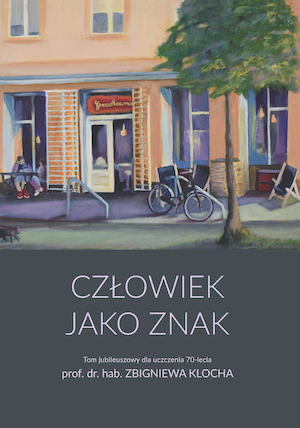
Keywords: symbolic interactionism; sociology of knowledge; symbolic coding; symbolic confusion; symbolic misunderstanding
On April 10, 2010 Smolensk catastrophe happened. A few days after the crash, scouts put a cross in front of the Presidential Palace as a symbol of remembrance for the victims of the crash. From that moment a rapid process of dichotomization of the Polish society started. In my analysis I focus on considering the process of symbolic encoding of the cross in the social discourse in the context of theories of social constructivism, sociology of knowledge, symbolic interactionism, sociolinguistics and communication theory.
More...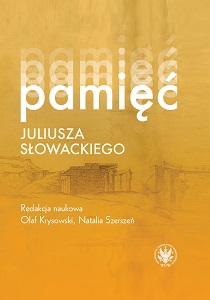
Keywords: Walerian Borowczyk; Blanche; Juliusz Słowacki; Mazepa; adaptation
The author of this article discusses the problem of the film adaptation of Juliusz Słowacki’s dramatic composition, directed in France by Walerian Borowczyk, who was at that time banned from Poland. She reflects upon the play between eros and sacrum, which is very characteristic of the Polish director, but also very different than in Słowacki’s design. She also considers the following issues: change of name and title of the work; modification of historical and geographical background; ascetic scenery (one-dimensionality and lack of pageantry like in Giotto’s paintings); functioning of things (or rather – in Borowczyk’s case – almost lack of props) and animals – different in both works: literary and cinematic.
More...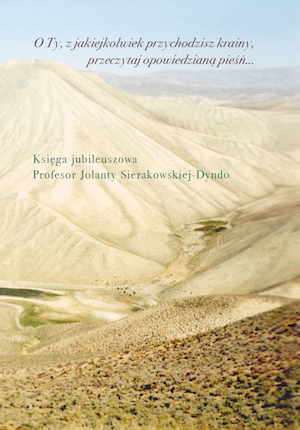
Keywords: oriental studies; Ṛgveda; conceptual metonymy; conceptual metaphor; conceptual blending
The paper shows how methodology of cognitive linguistics can be used in the analysis of the most ancient Sanskrit text, the Ṛgveda (ca 13 BCE). The Ṛgveda is famous for its metaphorical language difficult to understand. The assumption on the embodiment of human cognition together with the conceptual metaphor theory and blending theory applied to the Ṛgveda facilitates its understanding and reconstruction of its consistent overall worldview.
More...